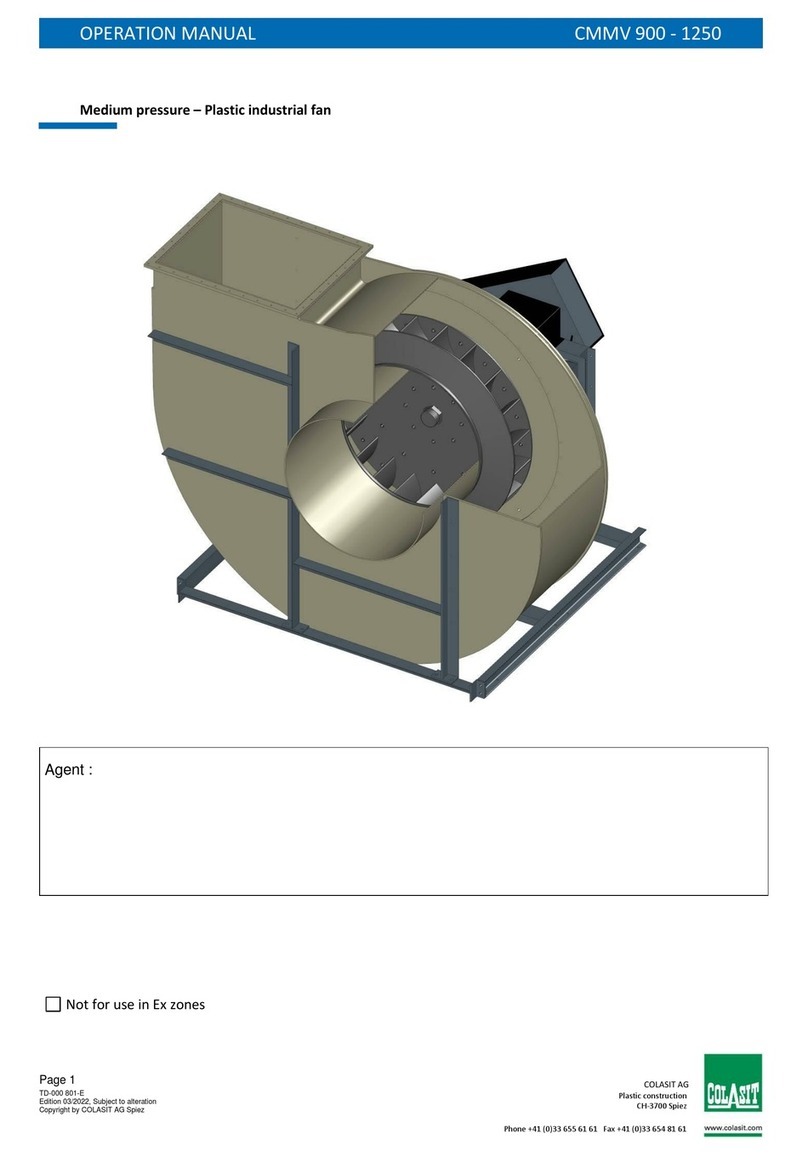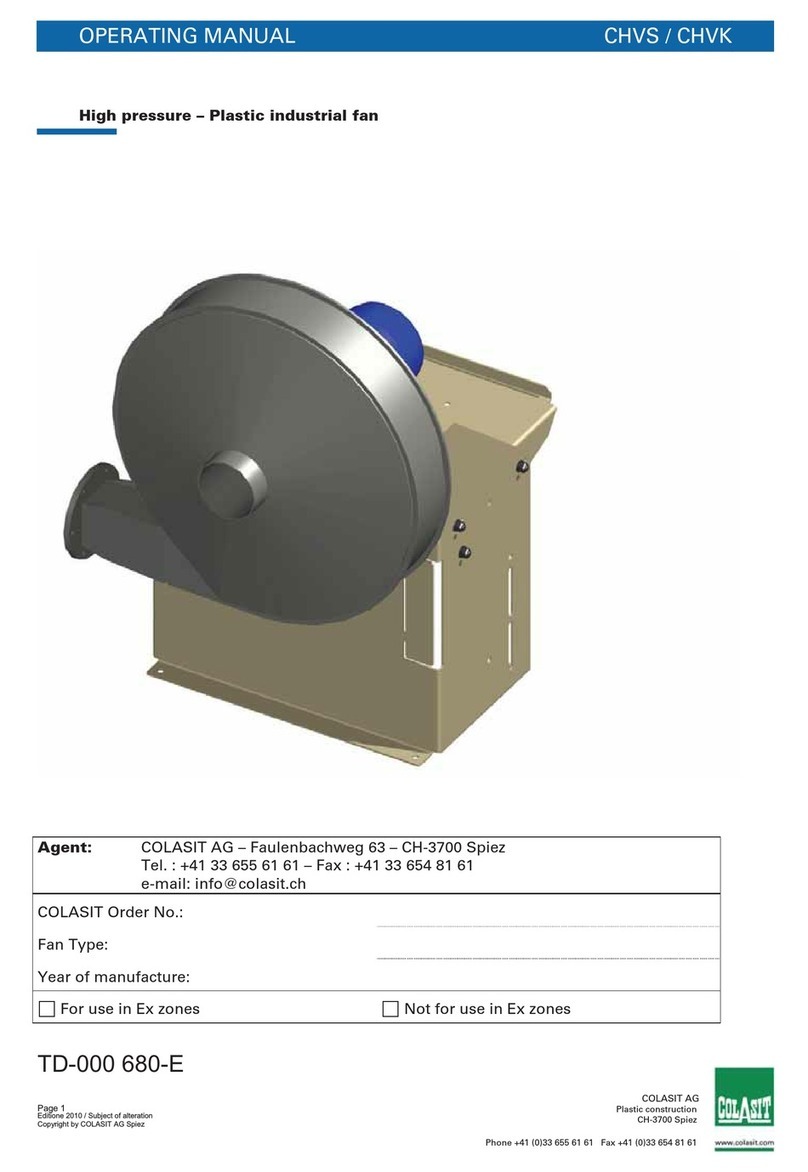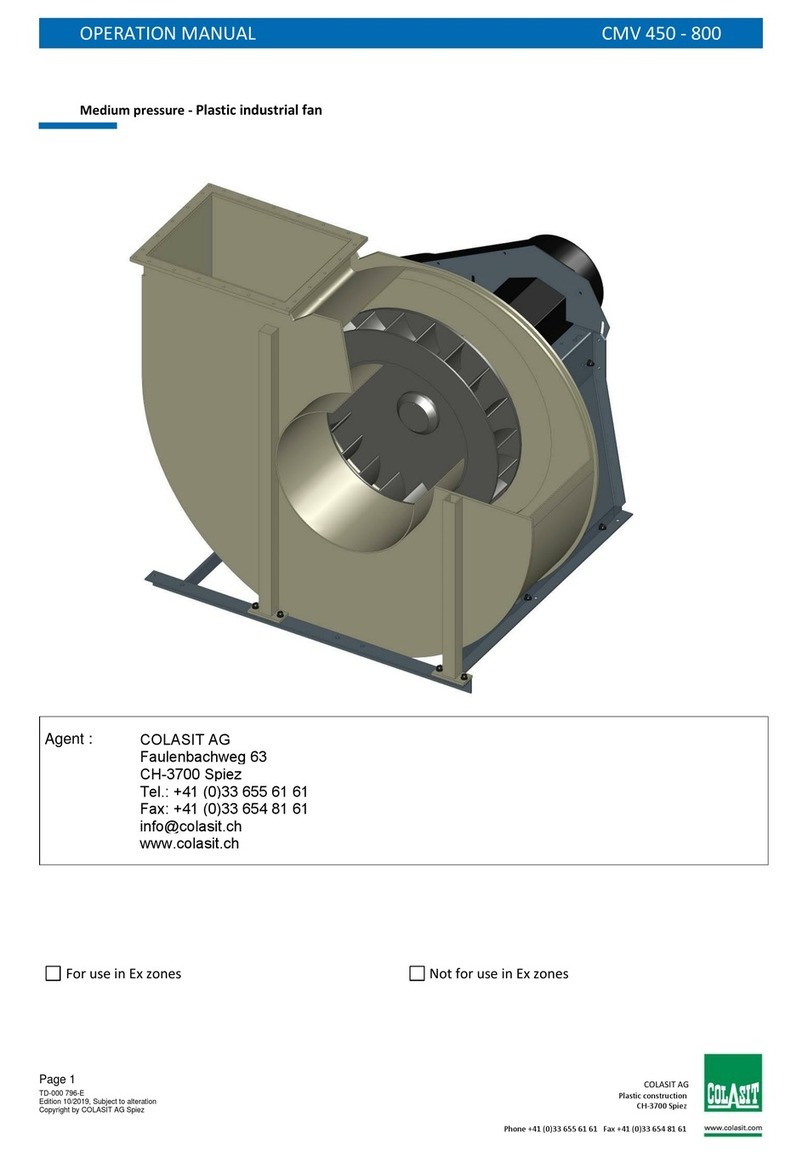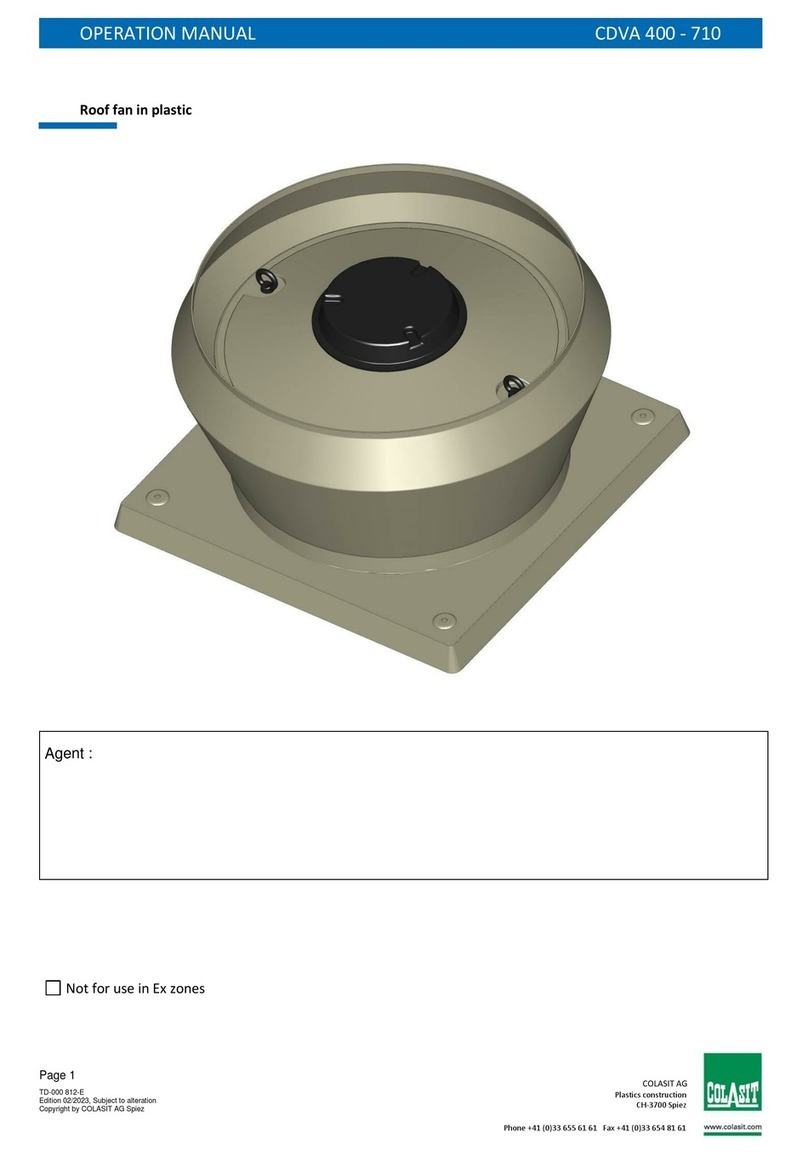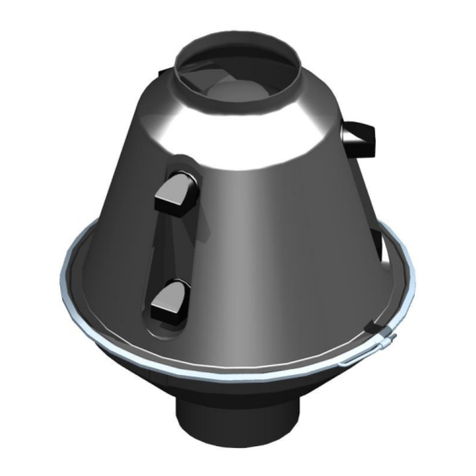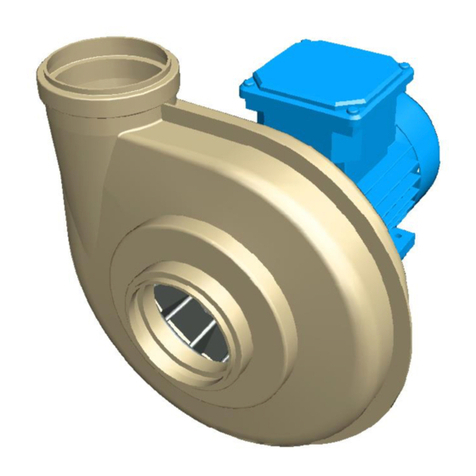
Table of contents
4 / 88 Operating instructions CMVpro 125-400 ATEX | Version 1-en
5.3.2 Sleeves ...................................................................................................... 29
5.3.3 Sleeves with flange .................................................................................... 29
5.3.4 Flange connections.................................................................................... 29
5.3.5 Condensate drain....................................................................................... 30
5.3.6 Isolation switch........................................................................................... 30
5.3.7 Frequency converter (FC).......................................................................... 30
5.3.8 Speed adjustment potentiometer ............................................................... 31
5.3.9 Wall bracket ............................................................................................... 31
5.3.10 Motor cover ................................................................................................ 31
5.3.11 Protective grid ............................................................................................ 32
5.3.12 Hub seal..................................................................................................... 32
6 Transport............................................................................................................... 33
6.1 Safety instructions .................................................................................................. 33
6.2 Incoming goods inspection ..................................................................................... 33
6.3 Packing................................................................................................................... 34
6.4 Intermediate storage............................................................................................... 34
6.5 Transport to installation location............................................................................. 34
6.5.1 Transport by crane..................................................................................... 34
6.5.2 Transport by pallet stacker or forklift.......................................................... 35
7 Mechanical installation ........................................................................................ 36
7.1 Safety instructions .................................................................................................. 36
7.2 Installation location requirements ........................................................................... 36
7.3 Splinter protection - check proper mounting........................................................... 37
7.4 Vibration absorbers mounting................................................................................. 38
7.5 Foundation mounting.............................................................................................. 39
7.6 Wall mounting......................................................................................................... 39
7.7 Ceiling mounting..................................................................................................... 41
7.8 Connecting fan to ductwork .................................................................................... 41
7.9 Connecting condensate drain to siphon ................................................................. 42
7.9.1 Siphon calculations and execution............................................................. 43
7.10 Final inspection....................................................................................................... 44
8 Electrical installation............................................................................................ 45
8.1 Safety instructions .................................................................................................. 45
8.2 Electrical protective devices ................................................................................... 45
8.2.1 Isolation switch installation......................................................................... 45
8.2.2 Motor protection switch installation ............................................................ 46
8.2.3 PTC thermistor tripping device installation................................................. 46
8.2.4 Starting current limiter................................................................................ 47
8.3 Instructions for frequency converter (FC) use ........................................................ 47
8.3.1 Frequency converter (FC) installation options ........................................... 48

